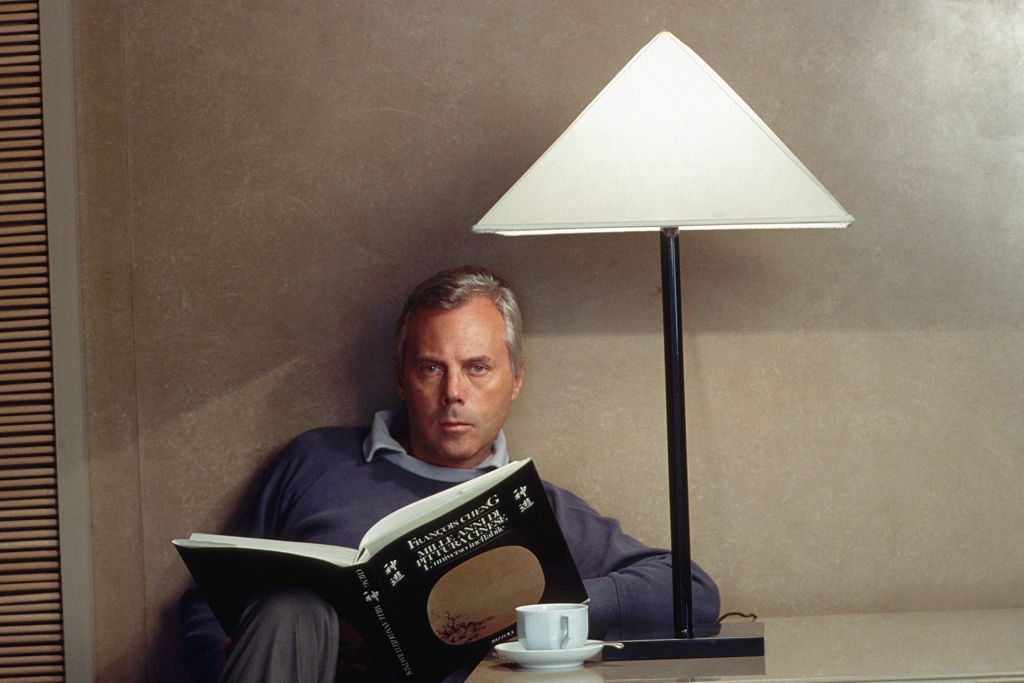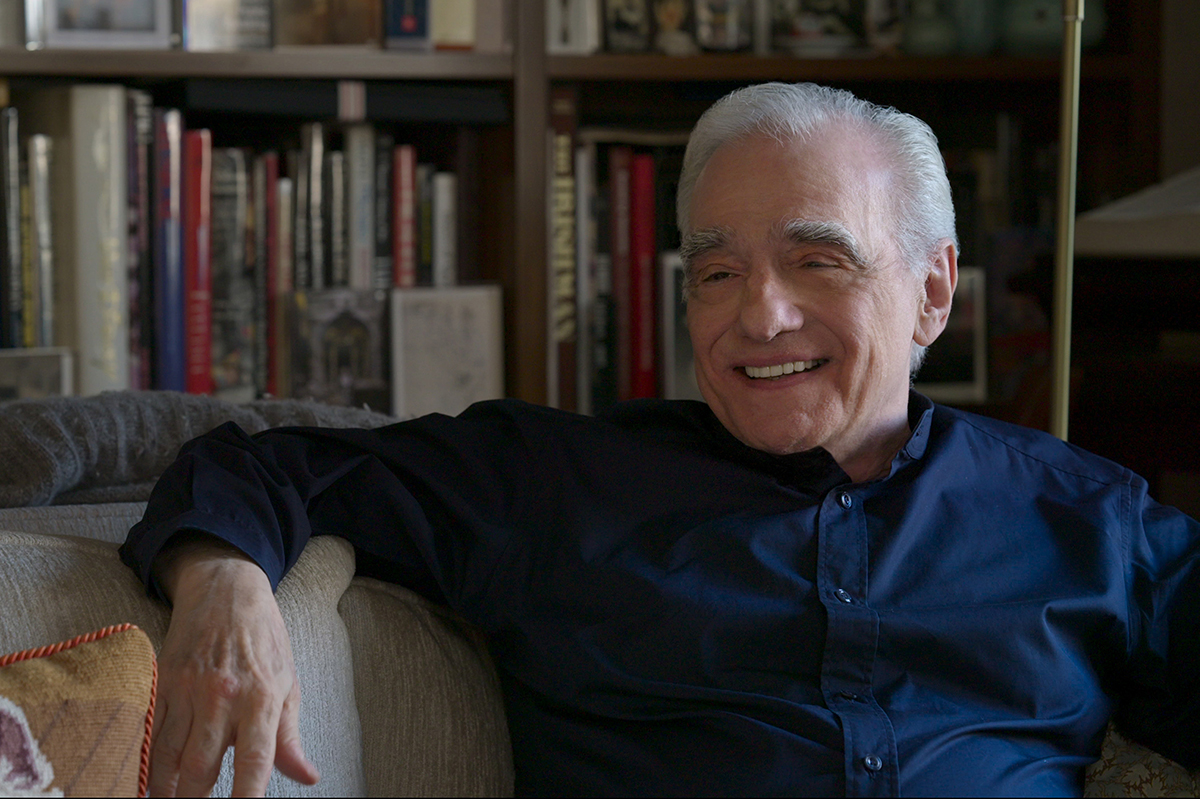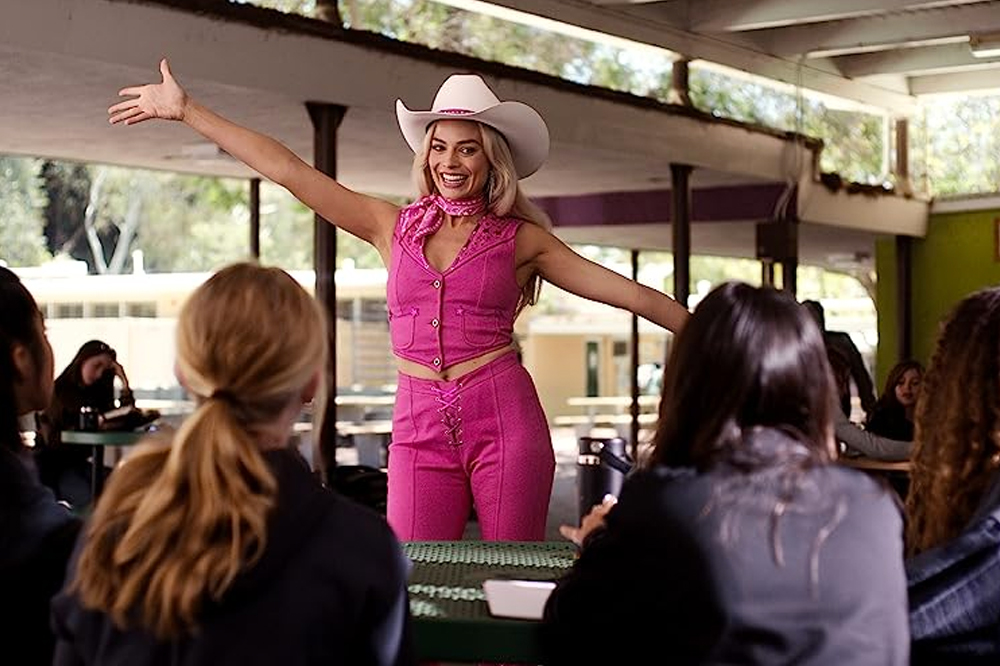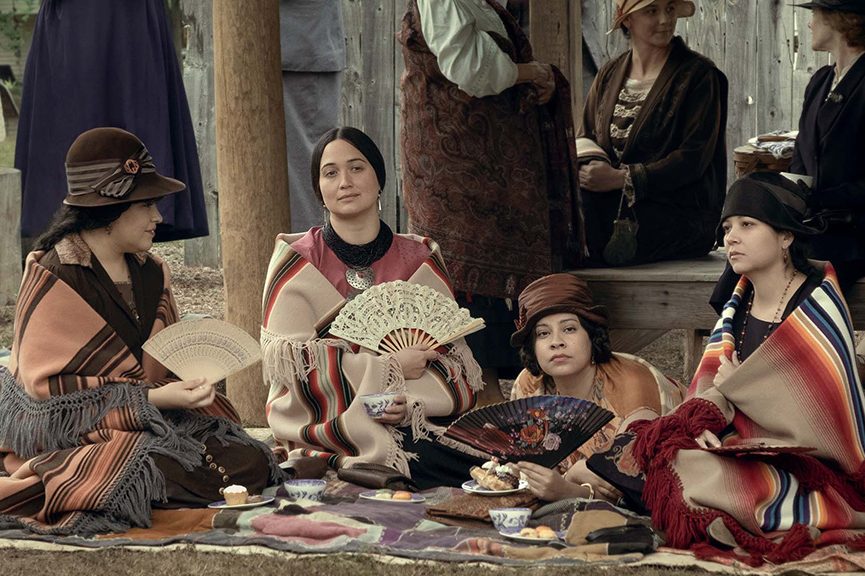When I was younger, I once saw an Armani overcoat in the window of the company’s store in London and vowed that I would do everything I could to buy it. It seemed to me the quintessence of sophistication and style, being a beautifully cut, long, dark coat that flattered its wearer’s body shape and gave them the look of being classy and well-heeled. A year or two later, I was able to buy it in the New Year sales. I remember feeling like a million dollars every time I wore it. Perhaps as a precaution, I even bought another, inferior overcoat for everyday wear, so as to preserve my favorite.
In any case, I still have that coat, decades later, and I wear it, proudly, on special occasions. So the news of the death of the fashion designer and style guru Giorgio Armani at the age of 91 made me feel more than usually sad, as if I had a personal connection of sorts to the man. I know, of course, that this is just projection on my part, but there are few men who came of age in the Eighties and Nineties who don’t hear the name Armani and immediately associate him with the very epitome of male tailoring. Less flashy and over the top than his rival Versace, classier and more understated than Dolce and Gabbana, Armani has a fair claim to be the most influential designer of the modern day.
A large part of this, of course, was his work with celebrities and on film. He designed Richard Gere’s ineffably elegant costumes for the cult hit American Gigolo, which launched Gere’s career but also established Armani as the go-to figure for stylish men’s fashion. His work on the 1987 film The Untouchables did him no harm whatsoever in this regard either – gangsters have rarely looked so chic as they died – and he continued to work on pictures as diverse as The Dark Knight and, perhaps inevitably, The Wolf of Wall Street. The latter continued a long association with Martin Scorsese, who even directed the 1990 short Made in Milan about the designer; far from being a puff piece, it stands up as well as any of Scorsese’s longer features.
Armani was, of course, a hugely wealthy man – a billionaire, probably several times over – who operated his empire with intelligence, discretion and extreme good taste. His company’s existence was not without occasional touches of controversy, such as its continued decision to sell products in Russia after the invasion of Ukraine, and it was an amusing piece of ego massage in 1999 to learn that the Guggenheim Museum’s lavish retrospective of Armani and his work came shortly after a substantial (and undoubtedly welcome) donation from the designer. Still, compared to, say, John Galliano, Armani’s was an existence largely devoid of scandal and excessive intrigue. Even when he revealed in a rare Vanity Fair interview that he was bisexual and that his long-term partner, architect Sergio Galeotti, had died of AIDS in 1985, this did not raise eyebrows. With Armani, unlike many of his peers, the personal life paled in comparison to the work.
Celebrities, of course, will be mourning him. Russell Crowe, a committed fan of his clothes, posted on X, “Mr Armani has made a deep contribution, to fashion, to design, to popular culture. His energy, vision and finesse has made a mark acknowledged around the globe. I adored him. He was so kind.” There will be countless others who express similar sentiments, some more vividly and articulately than others. But what is vital to remember is that Armani’s clothes bestowed style and elegance upon everyone who bought them, whether they were the multimillionaire A-listers wearing them to premieres and awards ceremonies or those, like me, who saved up to buy one statement item by him. His name and company will, of course, live on, probably as long as clothes are bought and worn, but it seems unlikely – even impossible – that anyone will ever equal his influence and chutzpah in our increasingly unstylish, bland age.


























Leave a Reply